Part 5: Level 5 - Assault on the Control Room
Level 5 - Assault on the Control Room
Defend the Control Room against wave after wave of Covenant troops.
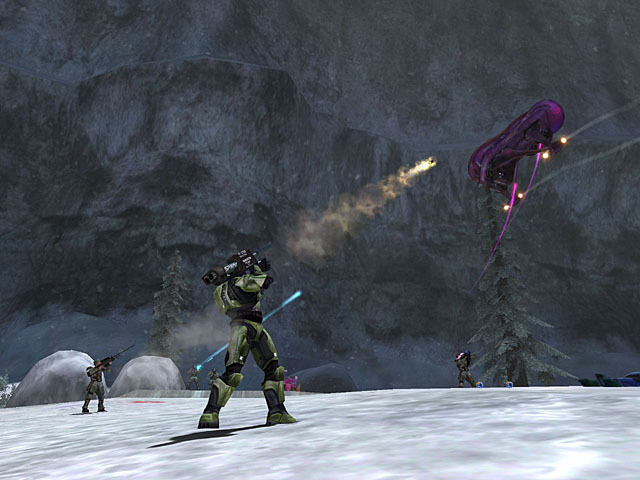
Part 1
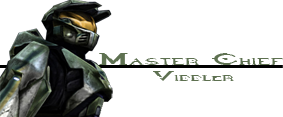

Part 2
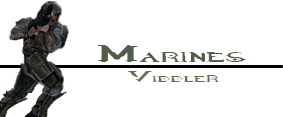

Part 3


Part 4
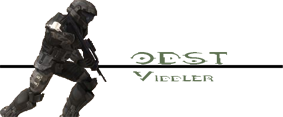

Additional image:

 The knowledge! So much... so fast! It's glorious!
The knowledge! So much... so fast! It's glorious! 

How to Play Halo
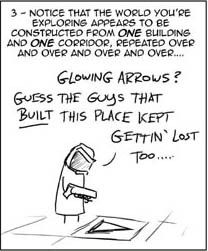
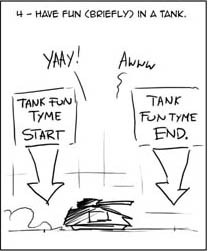
Comic made by Phillip M Jackson. Source
UNSC Database
 Welcome back,
Welcome back,Last time our perspective was on the Covenant. This time we will be changing the focus back on the UNSC and go over the vehicles that were in use during the Battle for Halo.
Warthog - M12 LRV

Production information.
Manufacturer: AMG Transport Dynamics
Product line: UNSC Ground Vehicle
Model: Light Reconnaissance Vehicle
Class: Varies (See information further down)
Technical specifications.
Length: 6.1 meters
Width: 3 meters
Height/depth 3.2 meters
Mass: 3 metric tons
Engine unit: 12.0 L Liquid-cooled hydrogen-injected Internal Combustion Engine.
Top speed: 116 km/h
Shielding: No.
Hull: Ballistic Polycarbonate, titanium and carbon nanotube.
Armament: M41 Light Anti-Aircraft Gun
102mm SC-HE Rocket Turret
Crew: Driver: One
Passenger: One
Gunner: One
Minimum crew needed: Driver
Usage:
Role(s): Reconnaissance, Anti-Vehicular/Anti-Air platform/Anti-Infantry, Transport
Affiliation: UNSC
Description:
The Warthog is the nickname for the M12 Line of Light Reconnaissance Vehicles. It has earned its nickname due to the tusk-like hooks on the tow winch.
All Warthogs are equipped with full-time 4x4 transmission and four-wheel steering that allows tighter turns. However, the car will under steer under higher speeds, unless it has driven using the E-brake. The vehicle is fast and maneuverable, but if driven carelessly it may be prone to rollovers during hard cornering.
Aside from the military versions, there are also Civilian Warthogs available on the market. As it is a civilian version, it lacks the armor plating of the military models but the performance is more or less the same.
The main armament of the Warthog consists of a triple-barreled, electric-powered, linkless, drum-fed M41 Light Anti-Aircraft Gun mounted on a 360-degree mount at the back of the vehicle. It has a rate of fire of around 450 to 500 rounds per minute and fires 12.7x99mm (.50 BMG) armor penetrating rounds. The turret traverse rate is 100 degrees per second and the weapon elevation rate is 60 degrees per second.
It can also be equipped with a 102mm SC-HE Rocket Turret for anti-vehicle purposes. It has a magazine size of 3 102mm HEAT rockets and a rate of fire of 1.2 rockets/second with a reload rate of 4 seconds with the assistance of an automated reload system.
There are however, plans to phase these out for the new M12G1 LAAV Warthogs that are armed with the M68 Gauss Cannon.
Scorpion - M808B Main Battle Tank
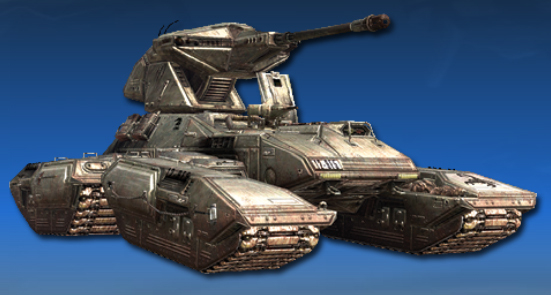
Technical Specifications.
Length: 10 meters
Mass: 66 tons
Maximum acceleration: .5 meters per second squared (.05g)
Shielding: No.
Hull: Heavy Duty Ceramic-Titanium Armor
Armament: 90mmm High Velocity Gun
Secondary coaxial AP-T 7.62mm Machinegun
Crew: Driver
Gunner (if the driver and gunner lack neural interfaces)
Passengers (4)
Minimum Crew: Driver
Usage:
Role(s): Anti-Vehicular platform, Anti-infantry platform
Affiliation: UNSC
Description:
The M808B is an armored tracked vehicle used during planetary combat. It can sea a driver, a gunner, and four passengers that sit two on each side of the vehicles track guards.
The Scorpions main function is to provide anti-vehicular support against Covenant vehicles, and provide suppressive fire for infantry units. For this, it is equipped with two weapon systems. Its secondary armament is a short-to-medium-range coaxial machinegun and its main armament is a 90mm high velocity cannon usually armed with Tungsten shells. This can be however be exchanged for a 105mm cannon for greater offensive power. The empty shell casings for the main turret is stored in a chamber underneath the rear wheelbase, at the same time some of the engines' power is used to crush the casings so that the metal may be reused for future shell. This was because the rounds are very expensive and the continued war effort demanded the raw materials, but also because the ejected casings, if the vehicle is in close combat or have infantry support, have been known to hit soldiers and causing serious impact injuries and burn wounds. This extra power consumption however, affects the top speed of the vehicle, or the lack there of. There are however new types of shell casings that are both lighter and are designed to burn away during the initial blast. However, these are still under development and it may take time before they see deployment into war zones.
The scorpion's chassis is covered with plats of heavy titanium-ceramic armor, making it mostly immune to small arms fire. However, anti-tank infantry weapons still pose a serious threat to it.
The tank is known to have a blind spot due to the turrets far back and upraised mounting. The track assembly consists of four individual bogies, or tread assemblies, mounted two on each flank of the vehicle, front-to-back. While it allows the vehicle to traverse some terrains better it makes it a rather broad target and presumably very easy to spot from the air.
Compared to older Main Battle Tanks the Scorpion may seem a bit light for its purpose; however, its lightweight and crew-efficient design is very suitable for mobile UNSC Marine warfare, in which a heavier tank would be slow and very difficult to drop off close or into combat zone. Which a Scorpion is perfectly capable of doing via a Pelican transport.
Its only real weakness is that its slower in comparison to Warthogs or Covenant vehicles, it is also difficult for the driver to effectively combat enemies that get too close to the vehicle. Therefore, it relies heavily on infantry support or its coaxial machinegun.
Pelican - Dropship 77-Trop Carrier
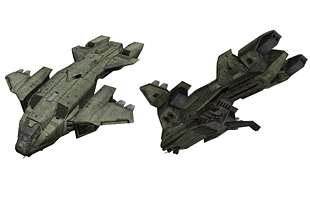
Production Information
Manufacturer: Misriah Armories
Product Line: Pelican
Model: Dropship 77-Troop Carrier Pelican
Class: Troop Carrier Dropship/Transport /Gunship
Technical Specifications
Length: 30.5 meters
Width: 23,4meters
Height/Depth: 10.0 meters, 10.5 meters with landing gear deployed.
Mass: 19.8 ton.
Maximum Acceleration: 0.90km/h. Maximum speed reached in roughly 2.6 seconds
Maximum speed: Space: 100,000 pounds thrust
Atmosphere: 350 km/h
Engine Unit(s): Two (2) thermonuclear main engines, housed in the middle section of the
ship.
Ten (10) Maneuvering thrusters, housed in four (4) vector pylons
Secondary Thermonuclear reactor housed in the dorsal section acting as
backup engine.
Slipspace Drive: None
Power output: 8500KW
Power plant: Three (3) Thermonuclear reactors. Two primaries and one backup.
Shielding: Heat and radiation shielding to protect occupants.
Hull: 30cm Titanium-A armor with aluminum phosphor and ceramic carbide additions.
Navigation system: Radar and Motion trackers.
Countermeasures: 26 chaff launchers
Armament: 1 Chin-mounted chain gun. Either 40mm or 70mm.
2 ANVIL-II Air to Surface Missile Pods, armed with 8 missiles each.
1 AIE-486H HMG or M247 GPMG or 25mm Grenade Launcher (Optional armament)
Complement: One (1) Scorpion or Warthog.
Crew: One Pilot, one Co-Pilot and one crew chief.
Minimum crew: 1 pilot with "smart" AI assistance.
Passengers: 10 seats in internal bay amidships.
15 people standing and sitting
Cargo capacity: 70 ton on hoist. Cargo over 35 tons in weight slows speed considerably.
Consumables: 1 week of air, food and water.
Usage:
Introduced into active service: 2527
Role(s): Dropship/Gunship
Affiliation: UNSC
The Pelican is the primary support aircraft for the UNSC and has since its introduction fulfilled the role as a tactical transport and gunship. Its main responsibility is to insert heavy equipment and troops into combat areas, but also to extract troops from hot Landing Zones. Many marines and Spartans have a Pelican and its pilot to thank for getting them out of hot zones when there was no hope of doing such otherwise. The Pelican also drops supplies and extract wounded from combat zones. The tactical advantage the Pelican gives the commander the ability to quickly influence an engagement by reinforcing combat troops or evacuate them to avoid being overwhelmed.
Through a combination of internal and external methods, the Pelican is able to carry both passengers and cargo. The main compartment has seats for ten people, with additional space for another five persons standing. It can also use a troop deployment pod hung from magnetic clamps.
The aft overhang provides an attachment point for additional cargo that is too big from the internal bay. Aside from the troop deployment pod, the Pelican can carry a Scorpion Tank or a Warthog. Total allowed payload is 70 tons.


The Pelicans main engines are mounted in pairs in four nacelles, one on each win and two at the rear. The nacelles can articulate independently, which improves the ships low altitude maneuverability through thrust vectoring. Six ventral thrusters mounted on each wing nacelle and one on each aft nacelle allows the Pelican to perform Vertical Take Offs and Landings (VTOL). The engines are fully capable of both space and atmospheric operation. To allow spaceflight the crew compartment must be sealed. The ship is however too small to have a translight engine mounted on it so spaceflight is very limited.
Standard armament consists of either a chin-mounted 40mm chain gun or a 70mm version. These are controlled by the pilot and it is wired to the helmet so it will aim in the direction that the pilot is looking.
Optionally, it can also be armed with two ANVIL-II ASM missile pods mounted under each wing to allow it to engage more maneuverable or more protected targets. Operation and fire control of the missiles are handled by the co-pilot.
It can also be armed with a machinegun or a 25mm grenade launcher on a hard point in the cargo compartment facing outwards. When not in use it can be folded flat against the roof of the internal bay.